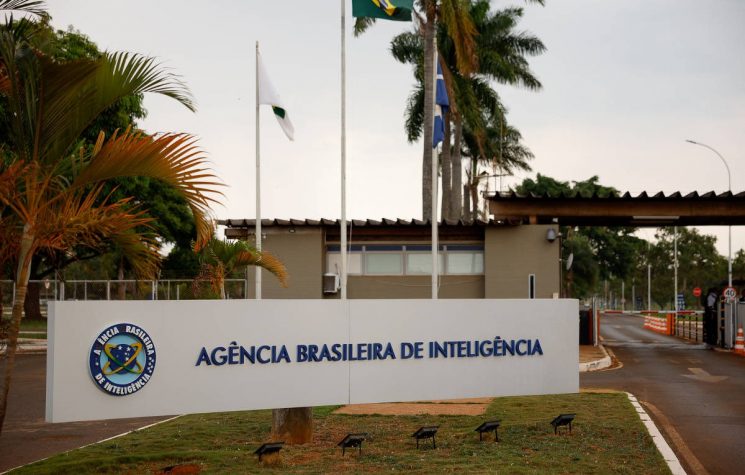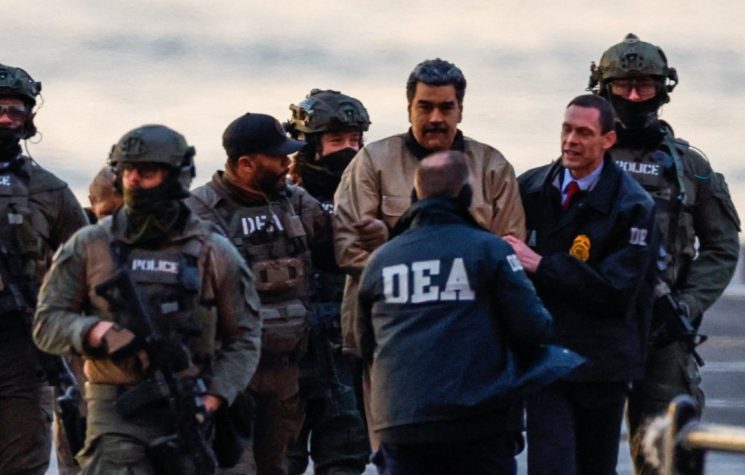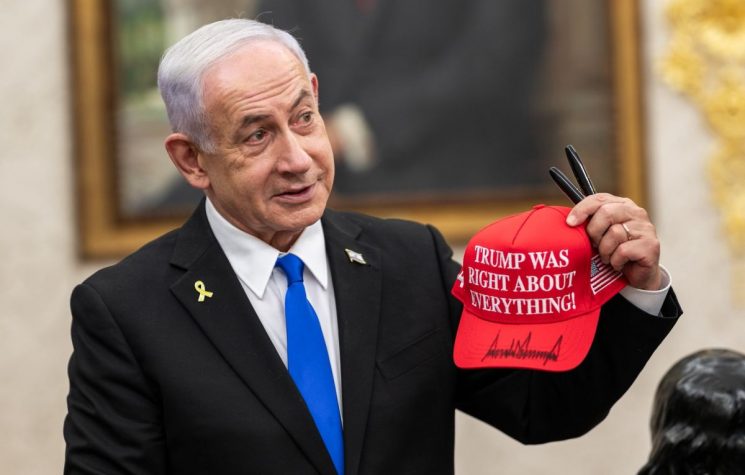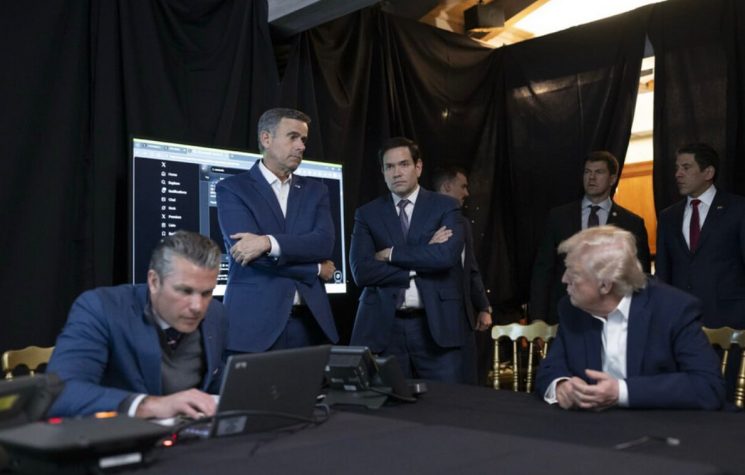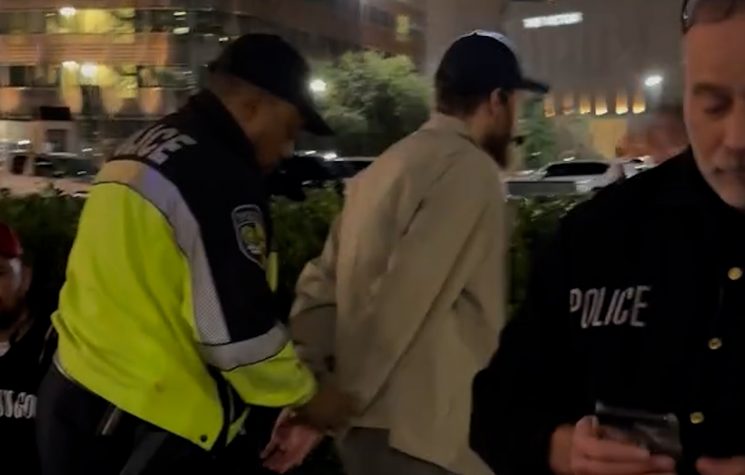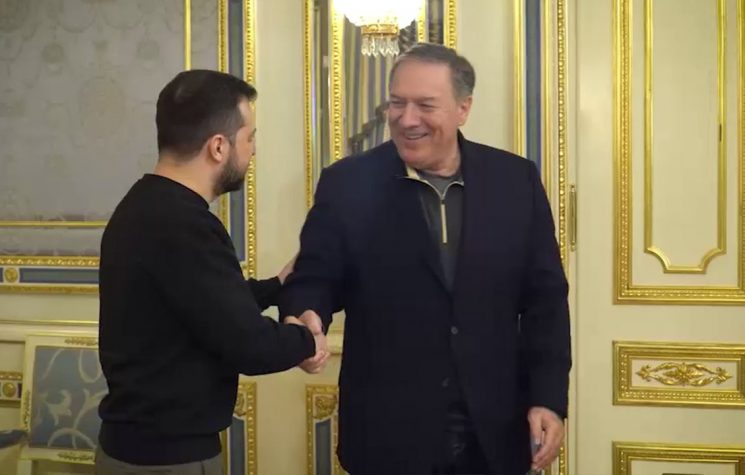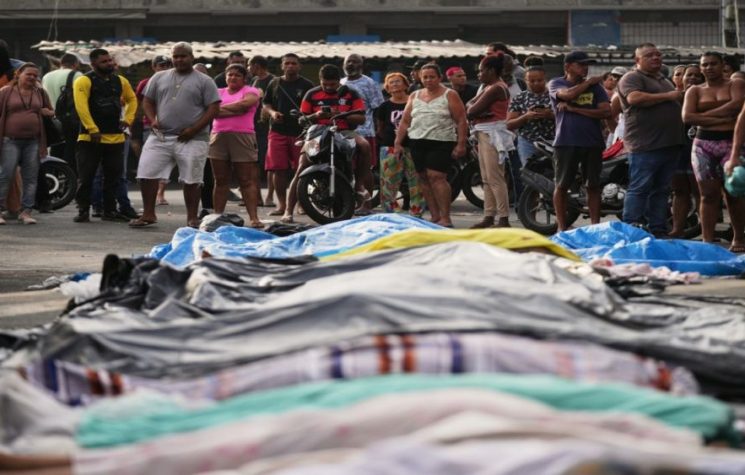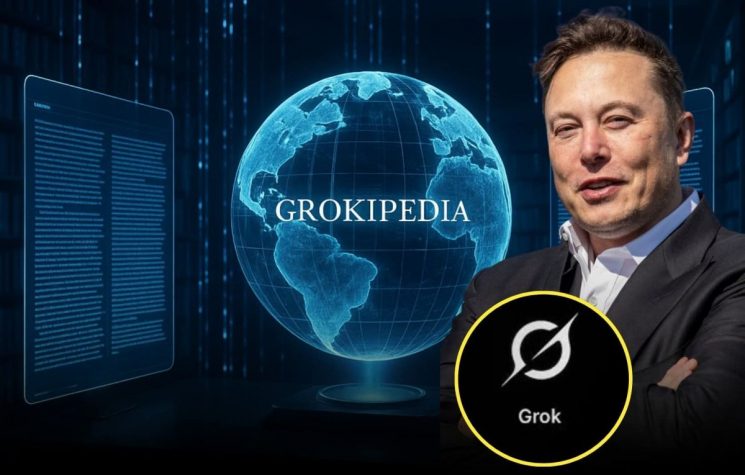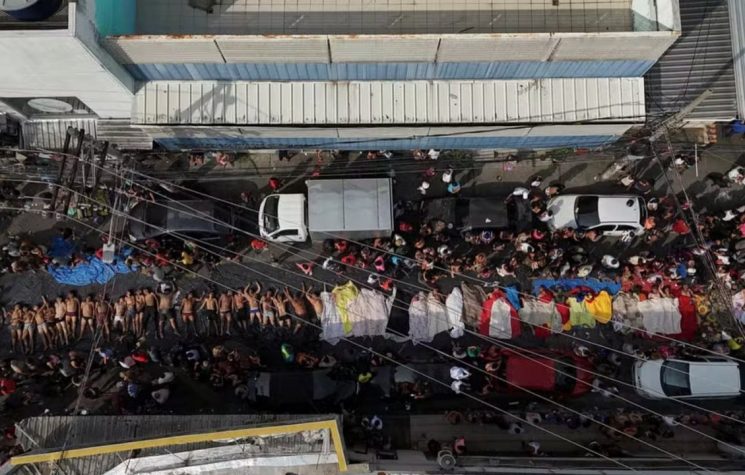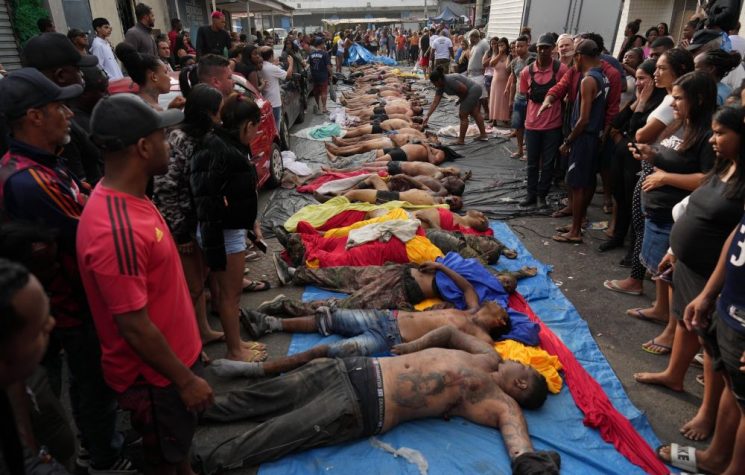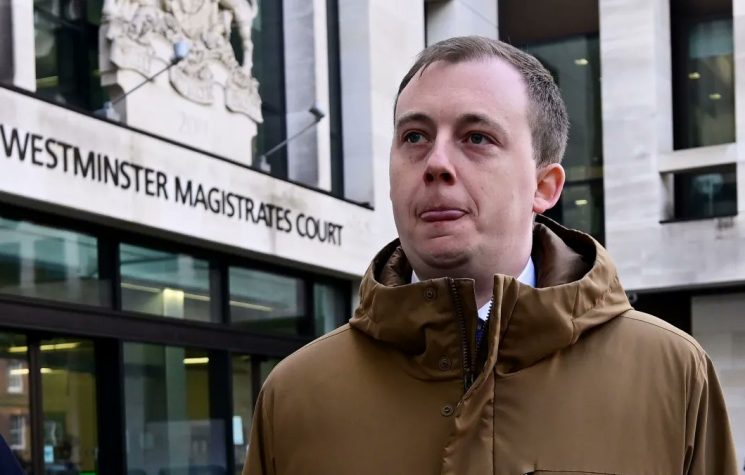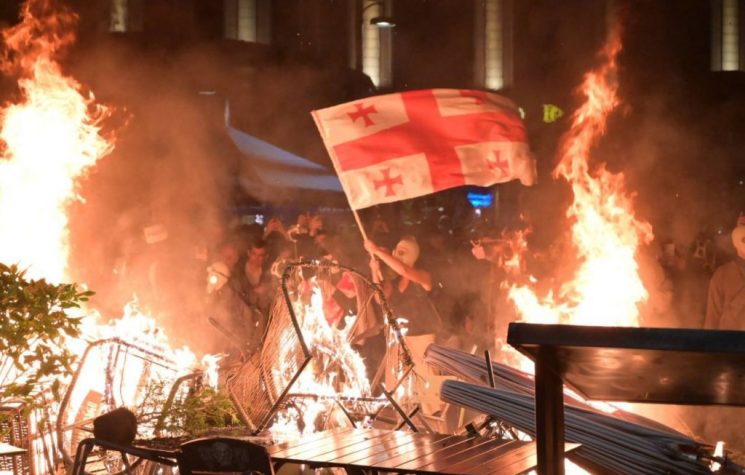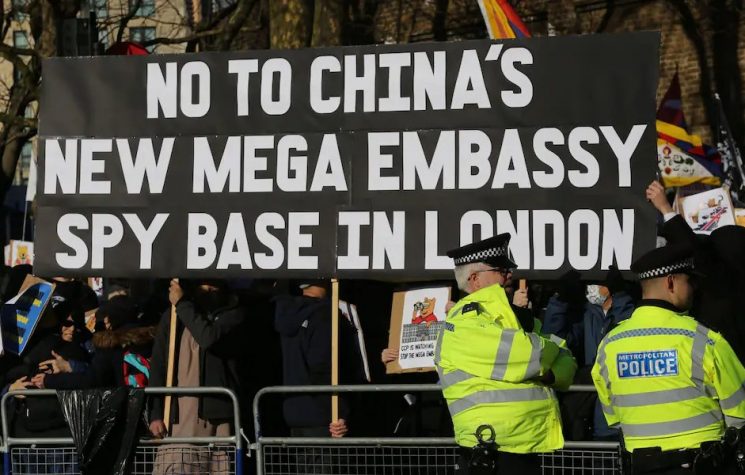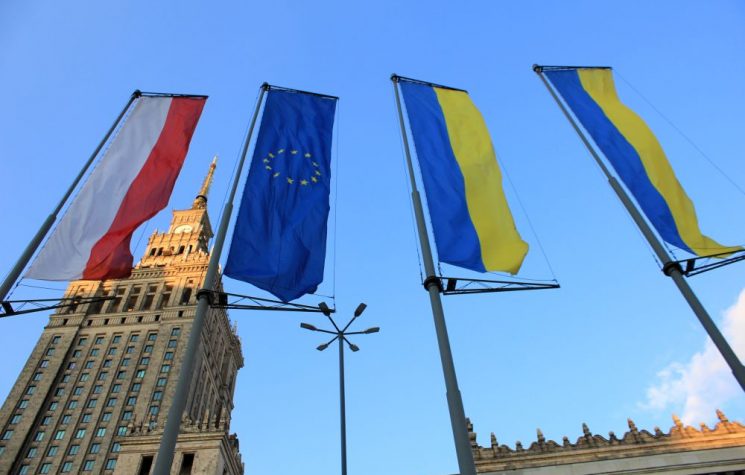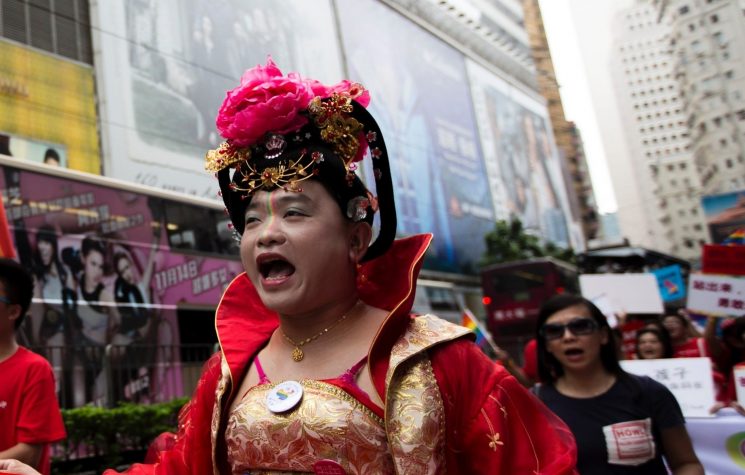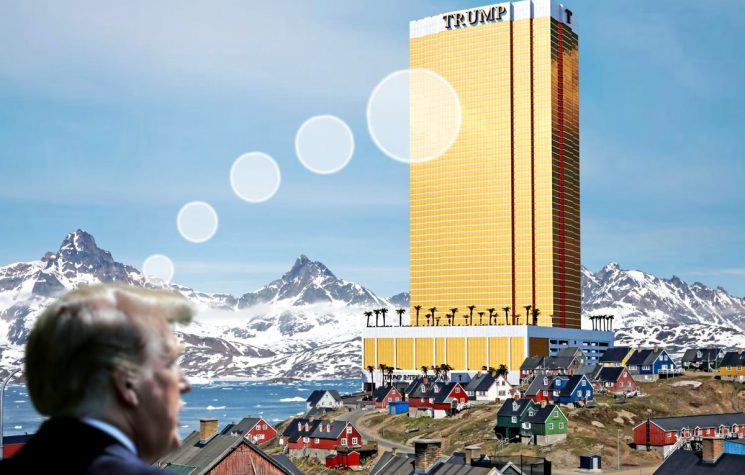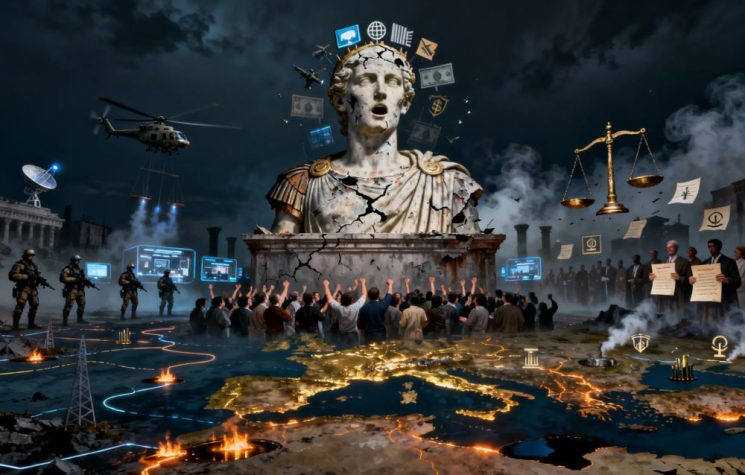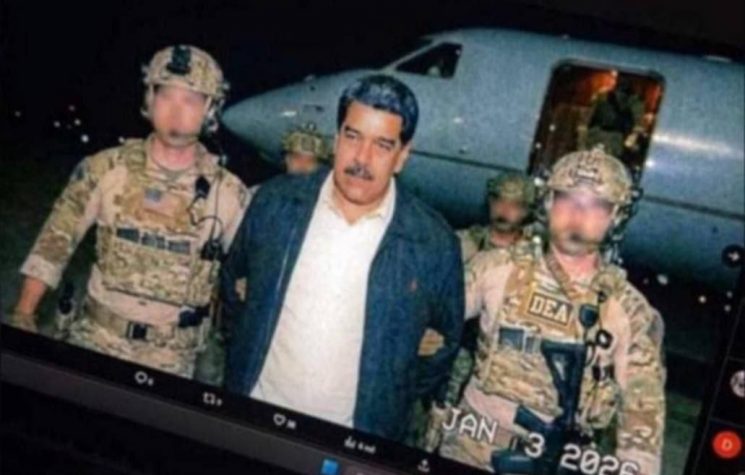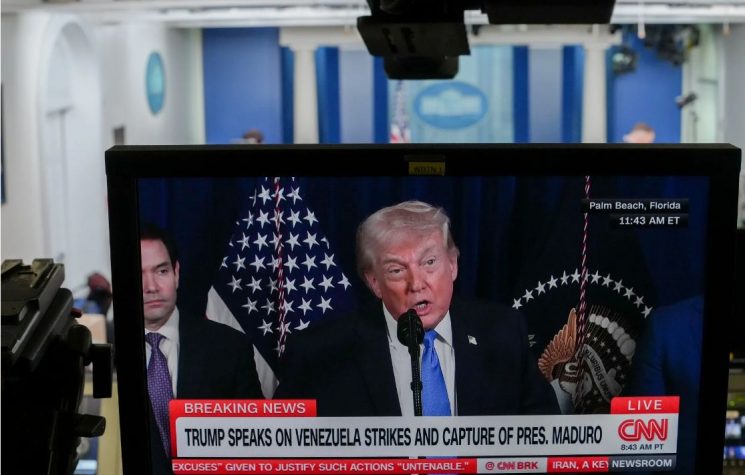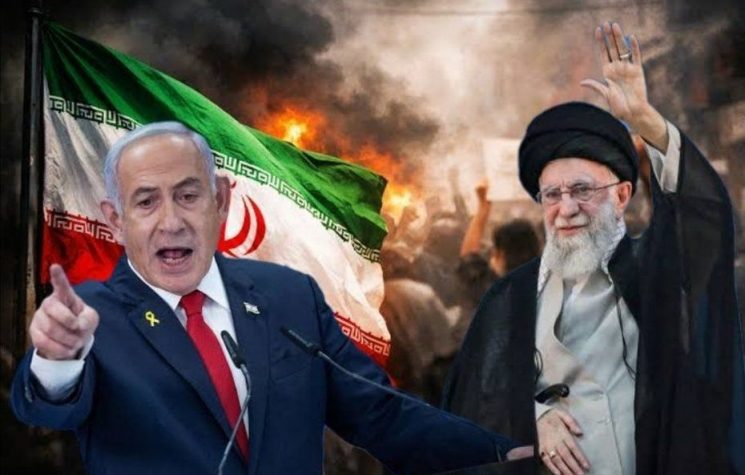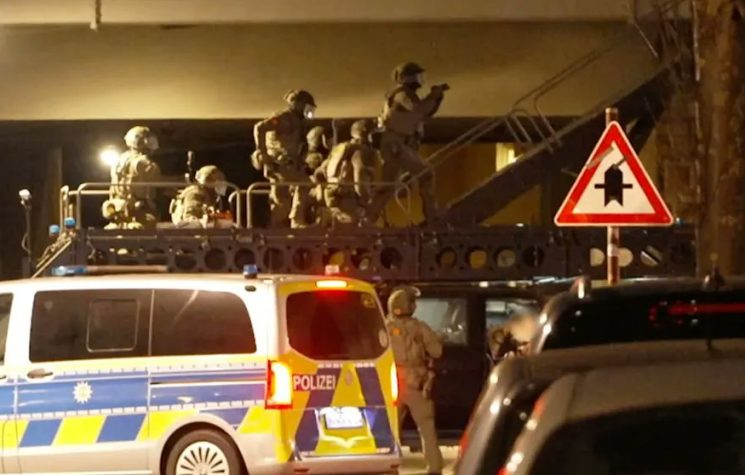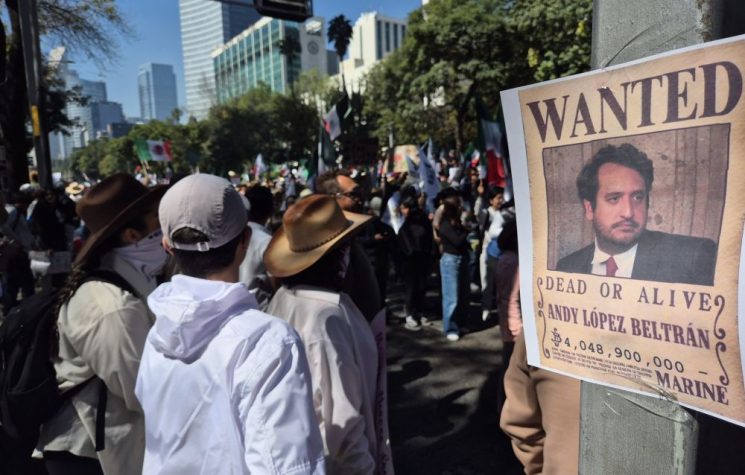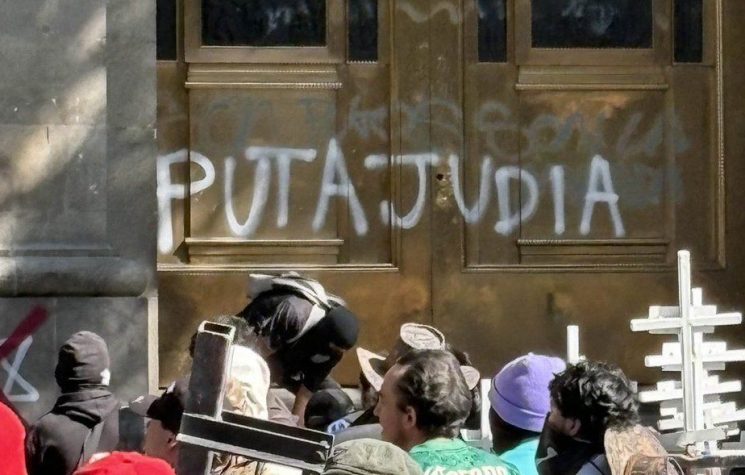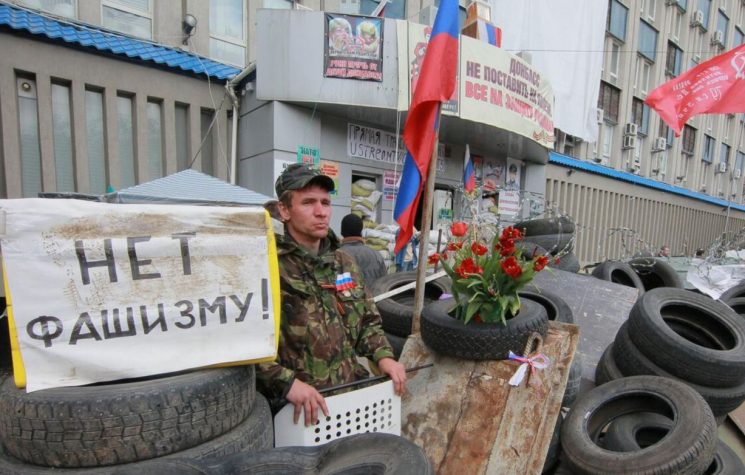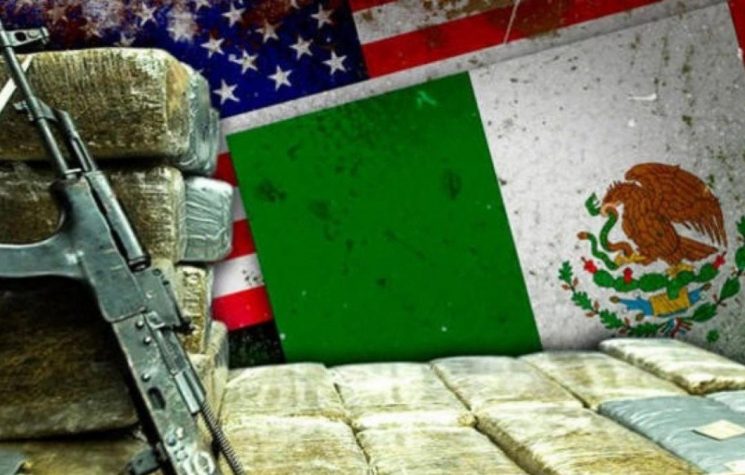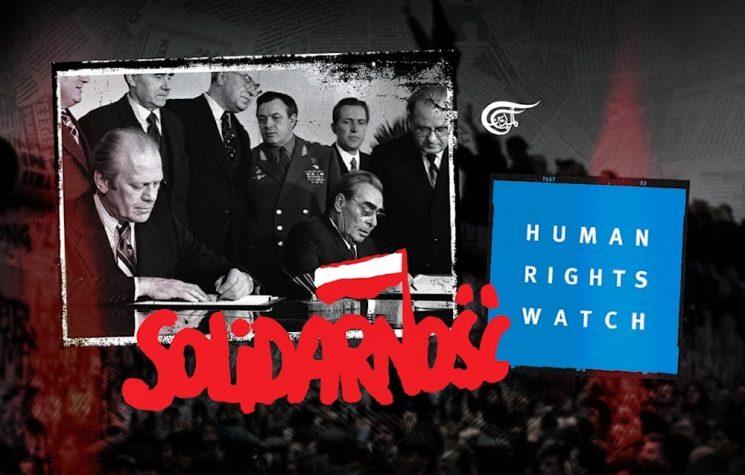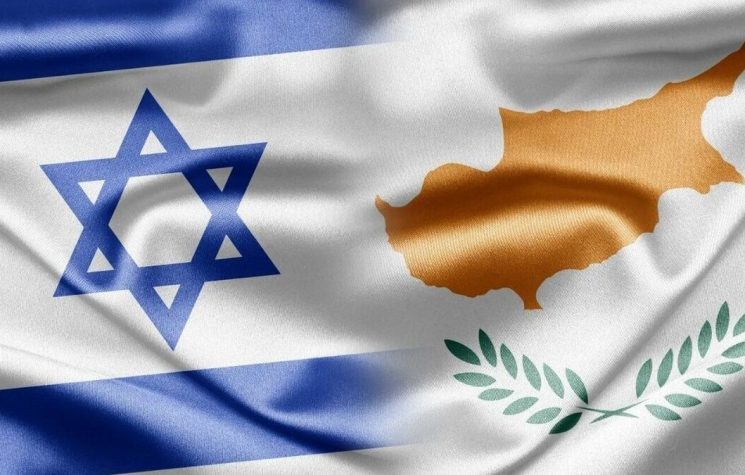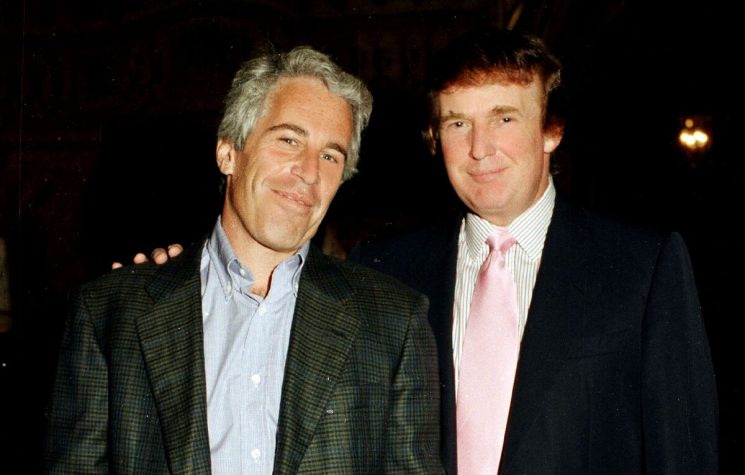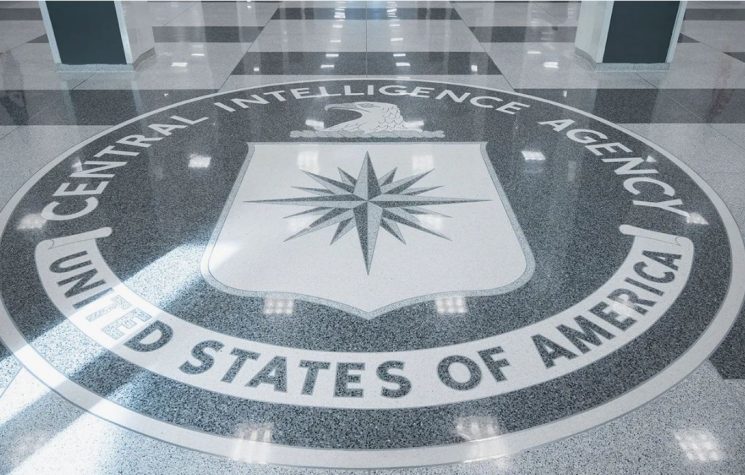The intelligence community presents itself as the bulwark against chaos. In reality, it is often the chaos engine itself.
Join us on Telegram![]() , Twitter
, Twitter![]() , and VK
, and VK![]() .
.
Contact us: info@strategic-culture.su
There is a peculiar alchemy in the world of intelligence work. Spend long enough marinating in the culture of suspicion, and reality itself warps. Every handshake is a coded exchange, every silence conceals a plot, and every stranger is a potential assassin in disguise. In this worldview, the universe is an endless chessboard of threat and counter-threat — and the only sane response is to move first, hit harder, and never, ever let the other side see you blink. It is a mindset that breeds not guardians, but paranoiacs with security clearances; not peacekeepers, but professional arsonists armed with plausible deniability.
The public is told these agencies are our shield — the last line between us and anarchy. We are sold an endless parade of threats, each requiring more secrecy, more surveillance, and more latitude for shadowy actors to do “what must be done”. The problem is that the line between protector and perpetrator has long since dissolved. The very institutions that claim to keep us safe are often the ones creating the dangers they then heroically “save” us from.
Domestically, their aim is less about defending liberty than managing the population. The FBI’s COINTELPRO operation wasn’t dismantling terror cells; it was dismantling dissent. Civil rights leaders, anti-war activists, and union organisers were wiretapped, infiltrated, and in some cases blackmailed into silence. Martin Luther King Jr, whose crime was speaking too effectively against injustice, was subjected to surveillance so obsessive it bordered on psychosis. Across the Atlantic, Britain’s Special Demonstration Squad embedded officers into protest groups for decades, with some maintaining romantic relationships under false identities. When the truth emerged, it was less James Bond and more EastEnders meets Kafka.
The same tactics persist in modern form. Peaceful protests find themselves salted with plainclothes agents who mysteriously seem to be the first to throw a brick, conveniently inviting a police crackdown. Whatever did happen to Ray Epps? In Canada’s 2022 trucker protests, there was no need for water cannons — the financial system itself became the weapon, freezing bank accounts and cutting people off from their own money for the crime of political disobedience.
If their behaviour at home corrodes democracy, their conduct abroad burns entire nations to the ground. The CIA and MI6’s fingerprints can be found in coups and covert operations from Tehran to Tegucigalpa. In 1953, Iran’s Prime Minister Mohammad Mossadegh was overthrown not for tyranny, but for the heresy of nationalising oil. In 1954, Guatemala’s Jacobo Árbenz met the same fate after challenging the stranglehold of United Fruit. Chile’s Salvador Allende was replaced in 1973 by Pinochet—a dictator whose “economic miracle” was fertilised with blood and electrocution.
The pattern is too consistent to be coincidence. In the 1980s, the CIA armed Afghan mujahideen in their jihad against the Soviets, among them a young Osama bin Laden. A generation later, the United States would spend trillions allegedly fighting the monster it had helped to train. And in 2003, a dodgy dossier on Iraq’s mythical weapons of mass destruction became the casus belli for an invasion that killed hundreds of thousands, destabilised the region, and paved the way for ISIS.
The 21st century has not brought restraint. The 2014 Maidan uprising in Ukraine was no spontaneous people’s revolt; leaked phone calls revealed U.S. officials selecting preferred leadership like items from a takeaway menu. Ukraine is now the front line in a NATO–Russia proxy war, its cities shelled and its young men fed into the grinder of geopolitics. In 2022, the Nord Stream pipelines were blown apart — a surgical strike on Germany’s energy supply. Officially, no one knows who did it. Unofficially, the silence from Washington speaks volumes.
And then there is Gaza. The idea that Israel’s intelligence network, one of the most sophisticated in the world, could have been caught entirely off-guard on October 7th requires a suspension of disbelief worthy of a Marvel film. Especially if you examine the speculation on the Tel Aviv stock market on October 6th. Billionaires all clearly had divine revelations unbeknownst to Mossad. Hamas, far from being an inexplicable bogeyman, has been quietly nurtured for decades by Netanyahu and Likud, providing them with millions in funding as a useful adversary to divide Palestinians. When the inevitable attack came, it was seized upon as the green light for mass destruction — Palestinian territory reduced to rubble, thousands of civilians slaughtered, all sanctified as “self-defence”.
To understand how such behaviour becomes not only permissible but routine, you have to examine the psychology of the intelligence mindset. It is a hermetically sealed environment in which the enemy is everywhere, trust is weakness, and morality is an obstacle. Hostile attribution bias — the tendency to interpret ambiguous acts as hostile — becomes the default operating system. Group polarisation pushes operatives toward ever more extreme measures, reinforced by the belief that their adversaries are doing exactly the same, somewhere in the shadows. In such a world, torture becomes “enhanced interrogation”, blackmail is “leverage”, and the assassination of foreign leaders is merely “kinetic action”.
This logic bears little resemblance to the moral universe inhabited by ordinary citizens. Most people are not secretly plotting to destabilise their local council. They do not blackmail the postman in case he is working for a rival delivery service, nor do they poison the neighbour’s dog “just in case”. The average person can walk past a stranger without mentally profiling them for counterintelligence review. But once paranoia becomes institutionalised, it justifies any cruelty in the name of preempting an imagined threat — and in doing so, it summons the very monsters it claims to hunt.
The most devastating weapon in this arsenal isn’t a drone or a covert assassination; it’s the manipulation of perception itself. Control the narrative, and reality obligingly follows. Operation Mockingbird, the CIA’s Cold War programme to embed assets in the press, may have been officially “retired”, but its spirit thrives. Today, entire news cycles regurgitate anonymous claims from “intelligence officials” as gospel, omitting the minor detail that these sources have a vested interest in shaping the story. The result is a population primed to accept war as peace, surveillance as safety, and state criminality as necessity.
It is a perfect cycle: manufacture instability, amplify the fear, then step in with the “solution”—a solution that inevitably involves more money, more secrecy, and more impunity for the very actors causing the chaos. And when manipulation no longer works — when propaganda fails to soothe or frighten — the mask of care and concern comes off. As with the cornered narcissist whose charm gives way to rage, state power defaults to force. Protesters are kettled and beaten. Whistleblowers are exiled or entombed in solitary confinement. Journalists who dig too deep find themselves facing charges that have nothing to do with their reporting and everything to do with silencing them.
If there is a way to break this cycle, it will not come from the shadows. Real protection requires daylight: transparency, oversight, and a foreign policy that values stability over dominance. Intelligence work that cannot survive public scrutiny should be shut down, not celebrated. Ethics should be embedded as deeply as espionage tradecraft. And above all, the purpose of these agencies must shift from securing the advantage of the few to safeguarding the wellbeing of the many.
The intelligence community presents itself as the bulwark against chaos. In reality, it is often the chaos engine itself—the fox not merely guarding the henhouse but running a global poultry-destabilisation programme and selling the meat to the highest bidder. Until we recognise this and demand that our institutions reflect the morality of the people they claim to protect, we will remain trapped in the dangerous absurdity of being defended into ever-greater peril. But there is another path — one where intelligence means foresight rather than intrigue, where the measure of security is not the budget of a secret service but the absence of enemies we have needlessly made. It begins with recognising that the current system is not broken; it is performing exactly as designed. And if we wish to survive it, we must stop mistaking the hand on our shoulder for guidance when it is, in truth, steering us straight towards the cliff.










